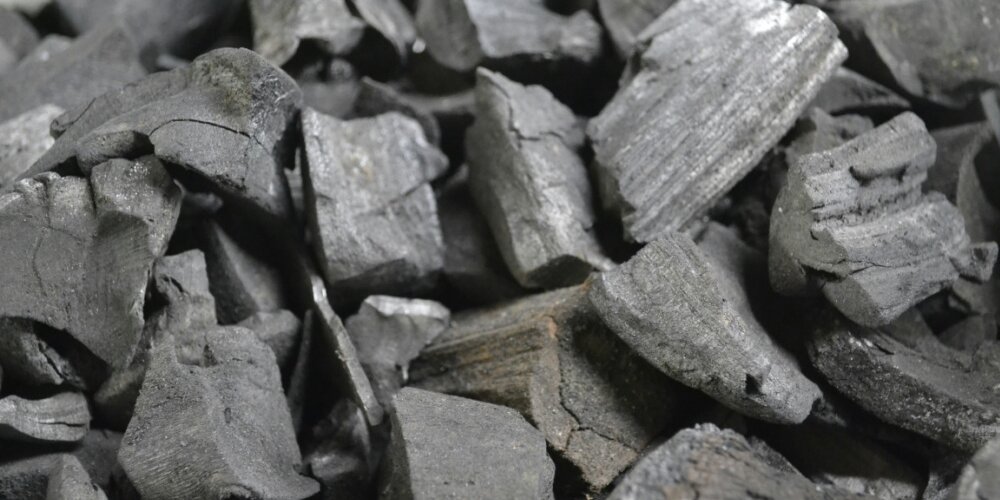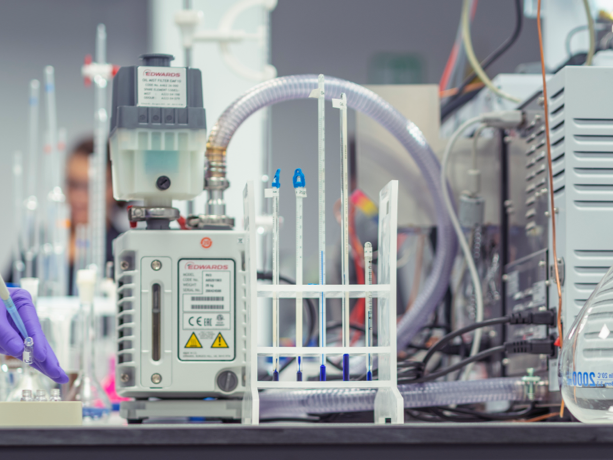Can Bio-Based Carbon Produce CO2-Neutral Ferrochrome?

In order to reduce our impact on the planet, it’s vital that we develop new methods to lessen anthropogenic emissions (those produced directly from human activities). The construction industry, for example, is a major source of carbon emissions, both through production of materials – and the production of resources to make these materials.
As part of an effort to mitigate and lessen the damage from this industry, a team from the Institute of RWTH Aachen University in Germany have explored a new method of ferrochromium production that uses bio-based reducing agents to replace less sustainable, fossil-derived materials.
Ferrochromes are a type of ‘ferroalloy’ (a term used to describe a compound made with iron and another material). In this case, iron is combined with chromium to make a vital component in the production of stainless steel. Ferroalloys are important for steel manufacture as they play a key role in removing oxygen from the raw materials – which is vital to prevent future defects from forming in the steel.
However, according to the study, approximately ‘0.65% of the industrial CO2 emissions are due to the usage of fossil-reducing agents in the ferroalloy industry’. Traditional fossil-based components are an issue, which is why the scientists have looked to solve this by replacing them with various types of bio-based charcoal.
During the course of their experiment, the team looked at how charcoals derived from bamboo, coconut shell, corn cobs, and olive pomace performed compared to a control reducing agent (made from fossil lignite coke) to produce ferrochromium from a chromite concentrate. To measure their success, the team focused on the following metrics:
- Product quality.
- Metallurgical efficiency.
- The energy requirements of the process.
- Off-gas generation.
Overall, the study has shown mixed results. In terms of reducing the carbon footprint of ferrochromium production, bio-based reducing agents are certainly viable. In fact, they discovered that using bio-based reducing agents showed similar quality in the end result as a ferrochrome produced with fossil reducing agents. The metallurgical efficiency of the process was also on a par with traditional materials. However, there are some challenges that will need to be overcome before this process could be suitable for widespread use.
One issue is that the resultant ferrochromium from bio-based carbon was ‘significantly higher in phosphorus’. Too much phosphorus can have potentially damaging impacts on steel production, which could effectively limit the viability of the materials produced with this method. Additionally, using bio-based charcoal consumed more energy, and produced more off-gases than using a coke reducing agent.
Whilst further study is required to adapt and improve this method, it remains promising that fossil cokes and reacting agents could be replaced for more sustainable and environmentally-friendly options.
In need of metallurgical investigations?
Then make The Lab your first port of call. Our experts are well-versed in investigating material behaviour under various stresses and environmental conditions to provide you with valuable recommendations for future preventative measures.
For more information, or to set up a no-obligation consultation, contact us today.
Explore our preventative and reactive metallurgy investigations at The Lab
For more information, industry insights, and the latest news, explore The Lab’s News and Knowledge Hub…
New Research Examines Corrosion on Atomic Level | New Method Turns Red Mud into Green Steel | Researchers Discover New Non-Toxic Method to Produce Graphene Oxide
- Author
- Dr Holly Edwards
- Date
- 15/07/2024
